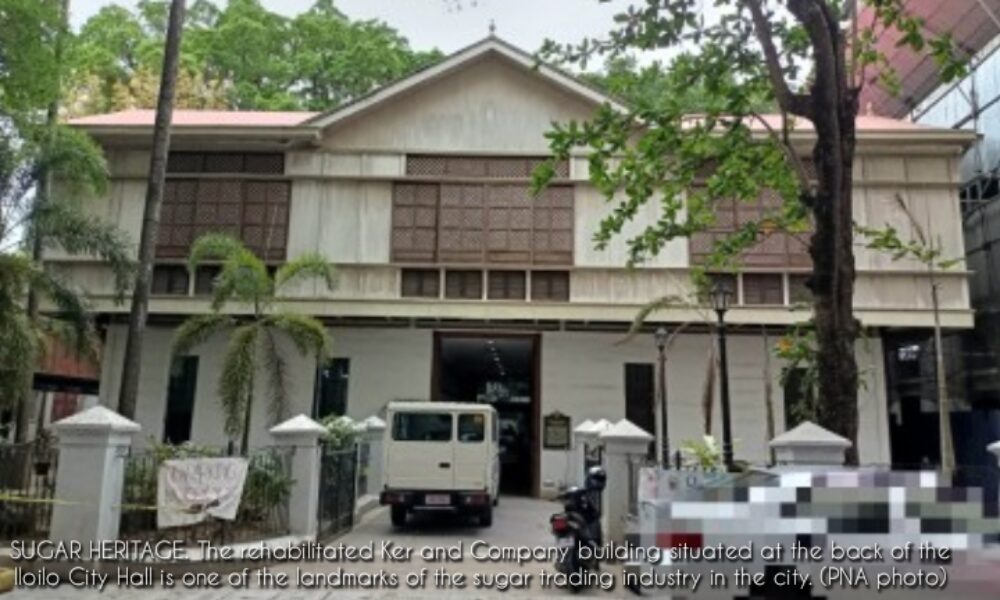
A sugar heritage trail in Western Visayas (Region 6) is being proposed to be included in the World Heritage List of the United Nations Educational, Scientific and Cultural Organization (UNESCO).
Iloilo City Planning and Development Officer Jose Roni Peñalosa, in an interview on Tuesday, said what started as a proposal of the Department of Tourism (DOT) for the trail as part of the destinations in the region has led to the idea of pushing for its inclusion in the UNESCO World Heritage Site given the role of the region in the world’s sugar industry.
“It all started with a study that was commissioned by the DOT 6 to explore the possibility of establishing a Western Visayas Sugar Heritage Trail. The intended outcome is to better understand the industrial heritage and identify the opportunity for sugar heritage tourism products,” he said.
He added that they are working closely with other local government units in Panay island and Negros Occidental province since the entry is not for a single place but the sugar industry heritage trail in the region.
“We are doing this because we are told that Western Visayas has over 200 existing potential heritage sites for the sugar heritage trail,” he said.
Already they have identified 127 trails or remnants and landmarks of the industry; 87 are in Negros Occidental; 25 in Iloilo; five in Guimaras; seven in Capiz; and three in Antique.
In this city, among the distinct features connected to the trail are the historical district of Calle Real at the City Proper and the districts of Jaro, La Paz and Molo.
Peñalosa said after harvesting and milling, as well as trading and traffic of sugar to the world initially happened in the city.
“The Ker and Company if you recall, the old structures along Iloilo River, they used to be trading houses and take-off points to Europe and receiving end of our export. Nicholas Loney had been instrumental. This forms part of the history of the sugar trail that once upon a time the British vice-consul did come here and introduced machinery to go into modernized milling and contribute to the sugar trade,” he added.
Peñalosa said they are already coordinating with other local government units in the region for the initiative.
Iloilo City Mayor Jerry Treñas, in a separate interview, said the sugar industry in the region started in Iloilo and has transferred to Negros because of the vast tracts of land available in the province.
“That is very significant because we have to look back at the past before we can move forward. That will mean that we have a very great history that we should be proud of,” Treñas said. (PNA)






